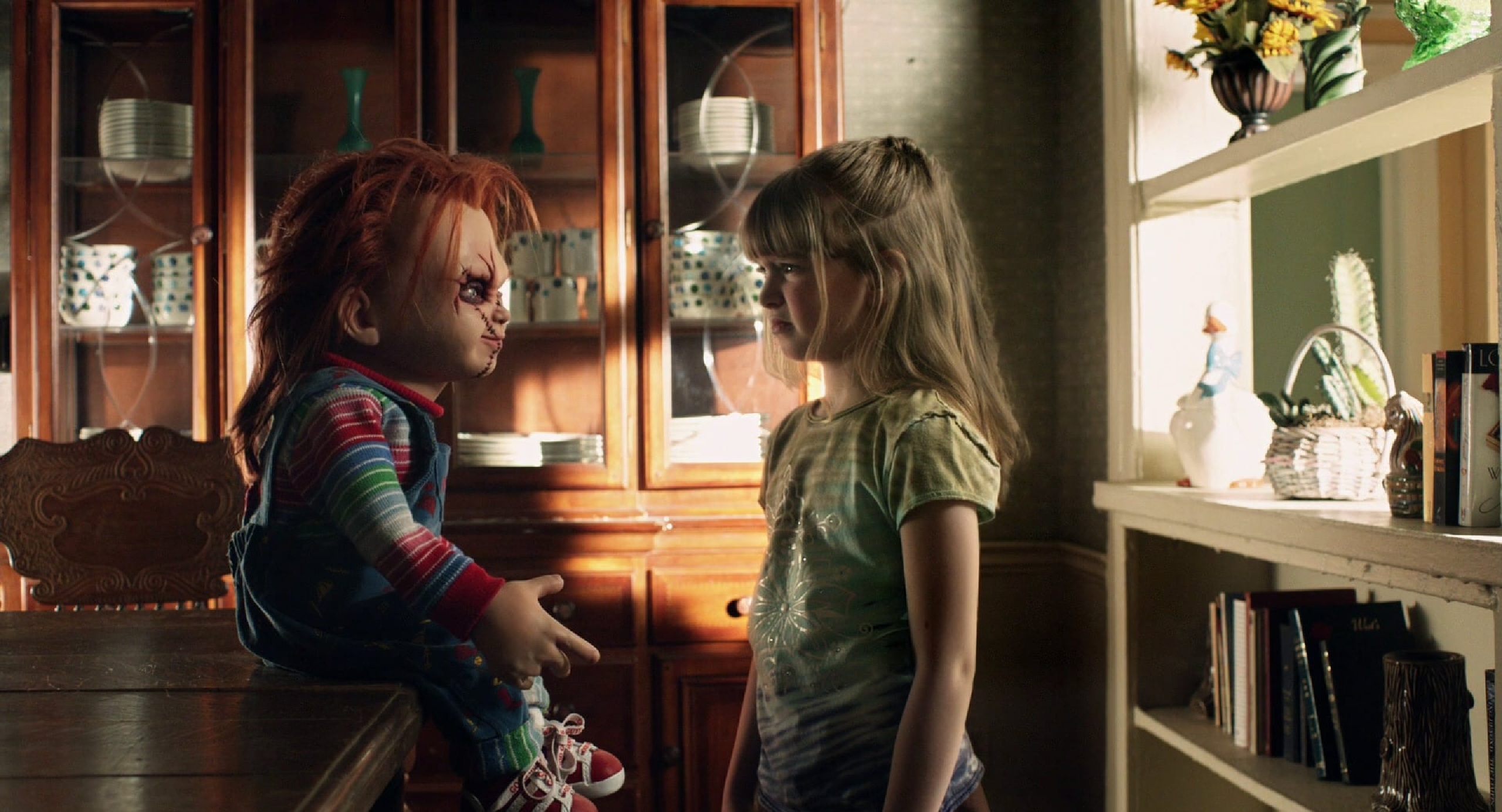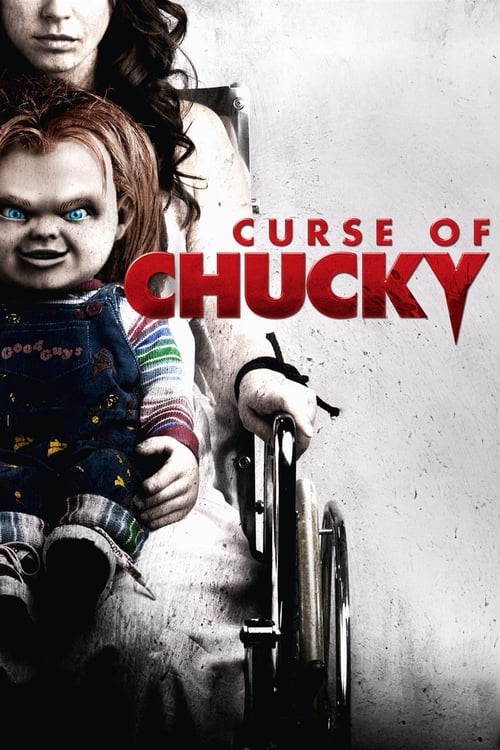Curse of Chucky – Film Review
Published October 16, 2023

In the pantheon of horror icons, few characters loom as large as Chucky, the red-haired, freckle-faced doll possessed by the soul of a serial killer. With Curse of Chucky (2013), the franchise returns to its horror roots, delivering a decently executed, suspenseful tale that attempts to reclaim the series’ former glory.
The film, directed by Don Mancini, opens with the delivery of a mysterious package to the home of paraplegic Nica Pierce (Fiona Dourif), who lives with her mother Sarah (Chantal Quesnelle). Inside the box lies a seemingly innocent, vintage-looking doll – Chucky. Unaware of its sinister past, Nica places the doll in their living room as a quirky addition to the household. As the night descends, the terror begins.
One of the strengths of Curse of Chucky lies in its atmosphere. Mancini masterfully crafts an eerie, isolated ambiance that seeps into every scene. The large, old mansion, surrounded by fog and ominous silence, becomes a character in itself, enhancing the film’s tension and invoking a sense of nostalgia for classic haunted house horror. The film pays homage to the genre, relying on suspense, sudden shocks, and an unsettling score to keep the audience on the edge of their seats.
Fiona Dourif’s performance as Nica Pierce is noteworthy. Her portrayal of vulnerability and strength in the face of adversity adds depth to the character, making her someone the audience can genuinely root for. Brad Dourif, the longtime voice of Chucky, brings his usual gusto to the role, injecting the doll with a chilling mix of sadistic glee and malevolence. The interaction between Nica and Chucky is the film’s driving force, providing some genuinely creepy moments and intense psychological battles that will satisfy fans of the franchise.
Where Curse of Chucky falters, however, is in its pacing. While the slow buildup works well for building tension, it occasionally feels plodding, causing the film to lose momentum. Some scenes drag on longer than necessary, diluting the impact of the scares and making the audience impatient for the story to progress. Additionally, the film’s plot twists, while attempting to be clever, come across as convoluted and forced, leaving viewers scratching their heads rather than gasping in surprise.
The special effects in Curse of Chucky are a mixed bag. Practical effects are used for Chucky’s movements, which lend a sense of authenticity to the character and hark back to the franchise’s practical effects-heavy origins. However, the film also incorporates CGI in certain sequences, and the disparity between the two techniques is glaring. The CGI moments often appear jarring and out of place, detracting from the overall immersion.
Despite its shortcomings, Curse of Chucky succeeds in reigniting the franchise’s eerie charm. It serves as a reminder of what made the original Child’s Play films so captivating: the primal fear of the inanimate coming to life with malicious intent. Mancini’s direction, combined with the solid performances from the cast, manages to salvage the film from becoming just another forgettable horror sequel.
Curse of Chucky may not reach the heights of the franchise’s early classics, but it is a step in the right direction after the missteps of some of its predecessors. Fans of the series will appreciate the return to a more traditional horror format, while newcomers might find it a serviceable entry point into Chucky’s blood-soaked world. If you can overlook its pacing issues and occasional lack of cohesion, there’s enough here to make Curse of Chucky a worthwhile watch for horror aficionados, if only to witness the creepy charisma of a possessed doll in action once more.
